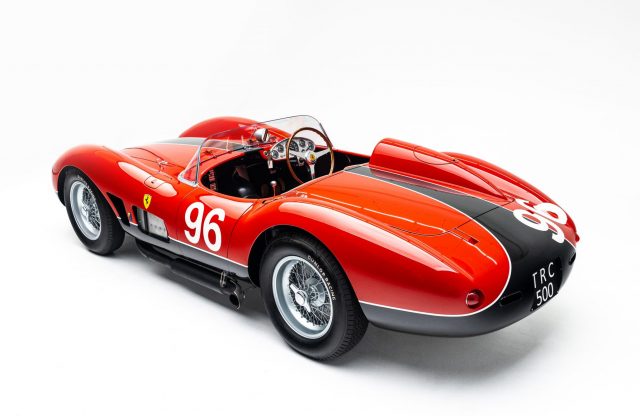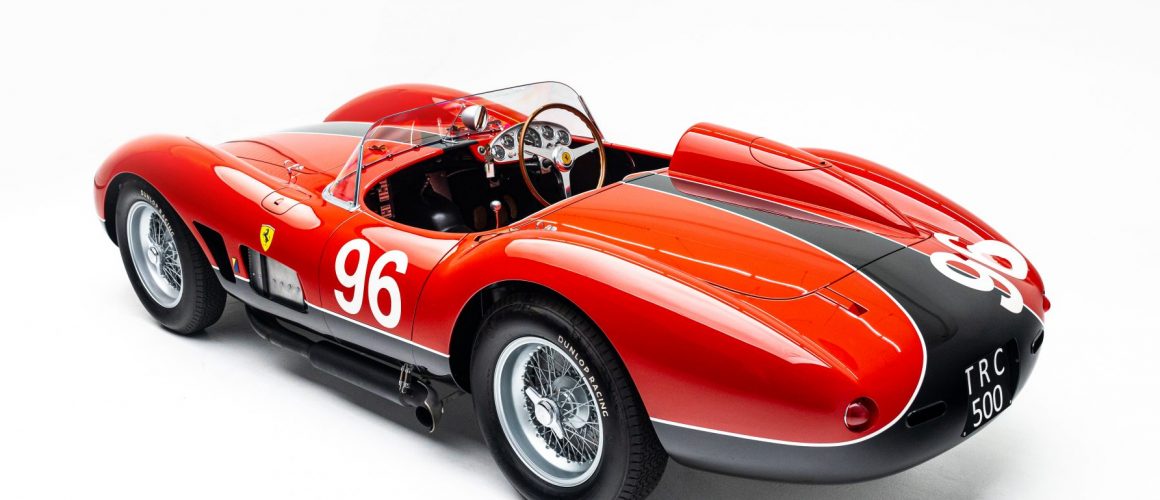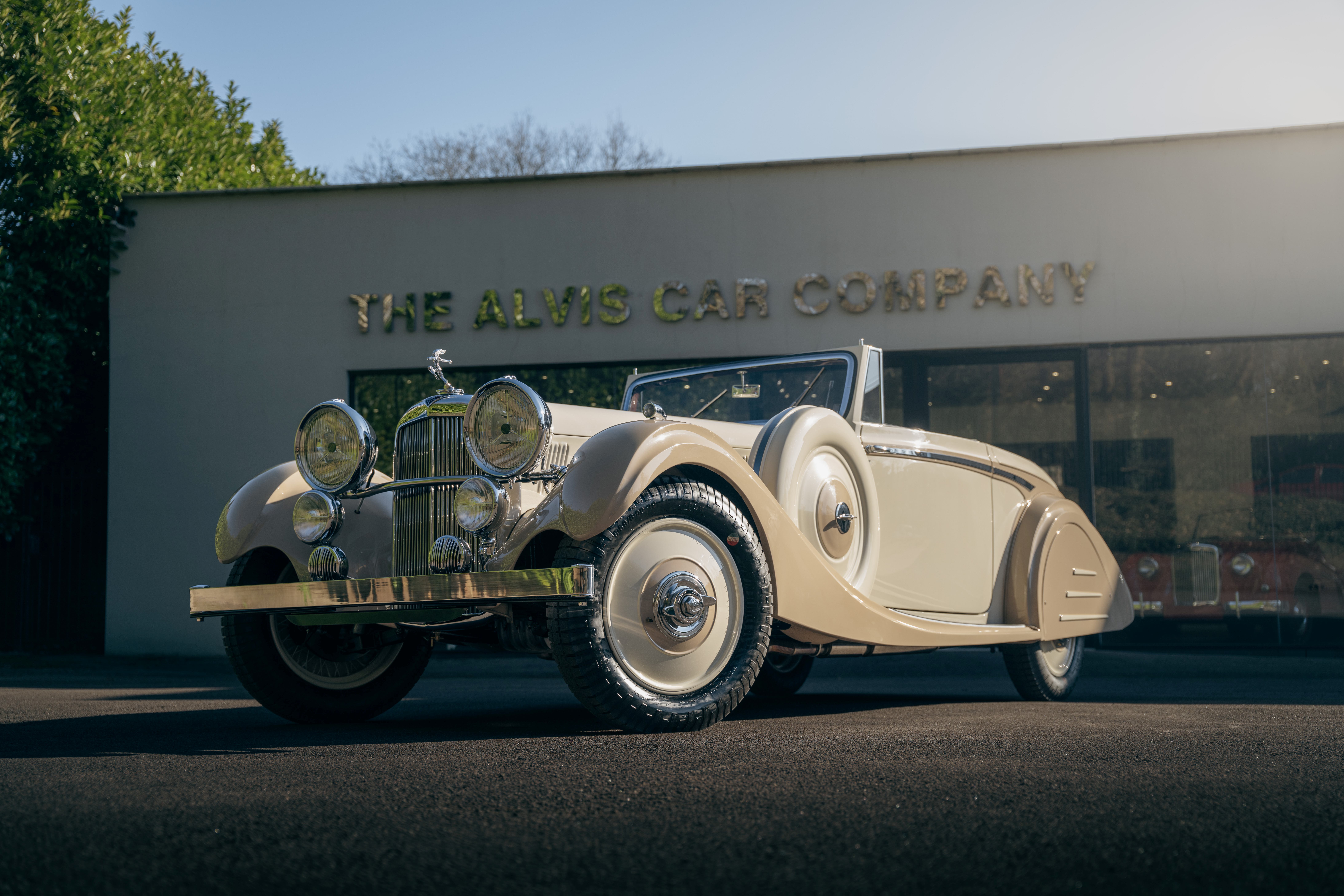WORDS: ELLIOTT HUGHES | PHOTOS: PETERSEN AUTOMOTIVE MUSEUM
California’s Petersen Automotive Museum is marking Father’s Day 2023 with the opening of a special Ferrari exhibit, entitled Maranello Masterpieces: The Legacy of Enzo Ferrari.
The ten-car exhibit charts the development of the Prancing Horse’s most influential models, from the first Ferrari, the 125S of 1947, to the 769bhp F12 TdF launched in 2017.
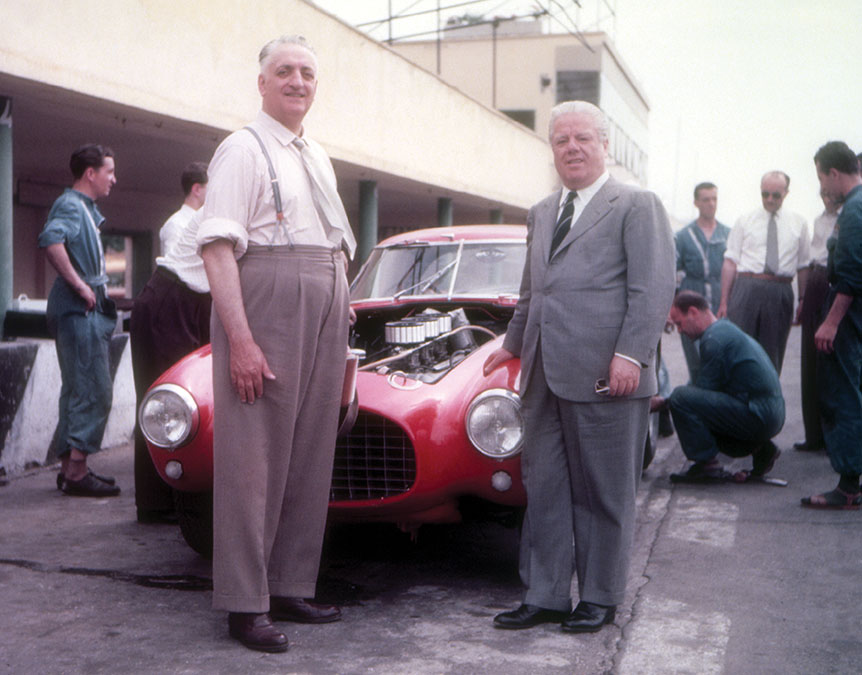
Eight of the cars showcased were personally overseen by Enzo Ferrari, who founded his eponymous marque in the aftermath of World War Two.
The Ferrari 125S featured in the exhibition followed Enzo’s pre-war career as a racing driver for Alfa Romeo and head of the Turin-based company’s racing division.
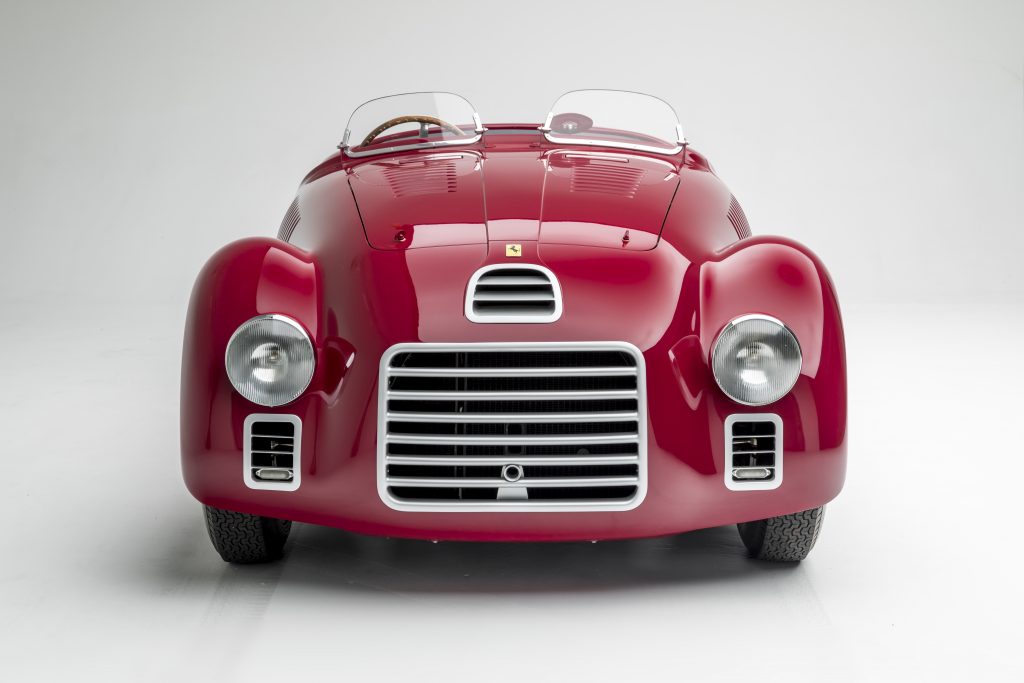
As well as being the first car to bear the Ferrari name, the 125S laid the foundations for a lineage of legendary models powered by evolutions of the Gioacchino Colombo-designed V12 that first appeared in this very model.
Following the 125S is an elegant 1954 Ferrari 375 America Coupé. Introduced in 1953, the 375 is one of only 11 Coupés to roll off Maranello’s production line. While eight of the 11 cars featured Pininfarina coachwork, the displayed example is one of just three Vignale-bodied examples.

Beneath the 375’s curvaceous bodywork lies a mechanical platform that employs motor sport-developed technology that was cutting edge for the time. Powering the car is a racing-derived 4.5-litre Lampredi V12 developing almost 300bhp, while a tubular-steel chassis provides lightness and rigidity.
A legendary 1956 Ferrari 250GT Berlinetta Competizione TdF is the next car in the exhibition’s timeline. The model features a 3.0-litre Colombo V12 with triple-Weber carburettors, and was highly successful in international motor sport, winning the Tour de France in 1956, the Targa Florio in 1957 and gaining a class victory in the 1958 edition of Le Mans.

Despite being equipped with only a third of the cylinders of older models in the display, the Ferrari 500 TRC also secured a class win at Le Mans, finishing seventh overall at La Sarthe in 1957 with the Belgian pairing of Lucien Bianchi and Georges Harris.
Shrouded in bodywork by Carrozzeria Scaglietti, the 2.0-litre four-cylinder Ferrari was developed from the 860 Monza with a widened cockpit and lower nose that allowed the compact engine to be repositioned. It is the last four-cylinder racing car the marque has yet produced.
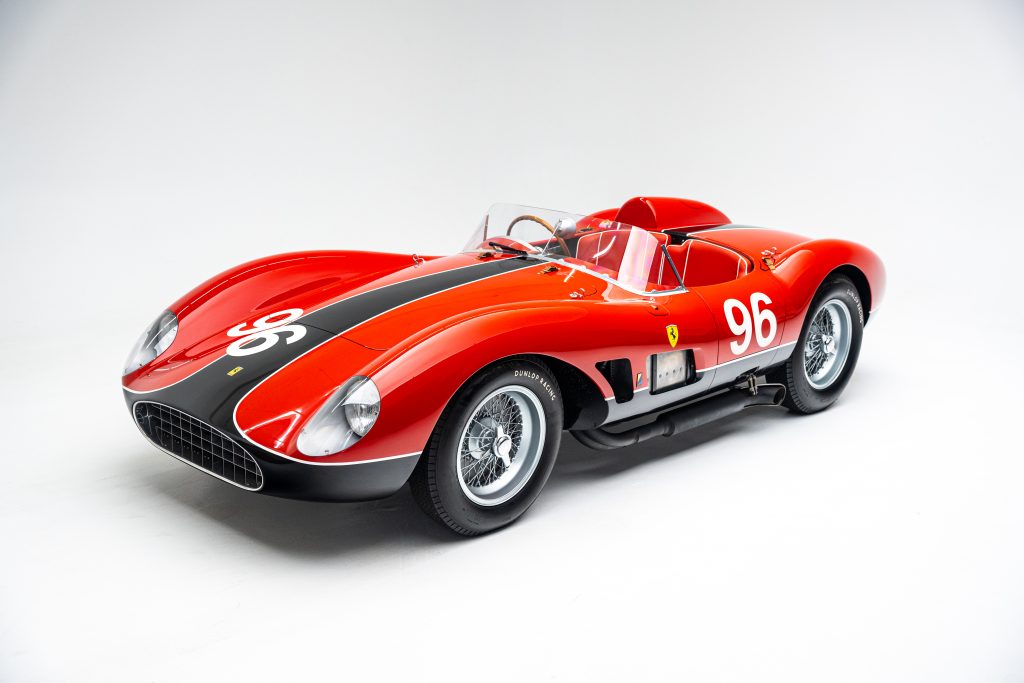
Enzo Ferrari’s understanding of the lucrative US luxury car market is evident in the 1961 Ferrari 400 Superamerica. Large, luxurious and boasting a 4.0-litre version of the Colombo V12, the example displayed is one of just 17 Pinin Farina-bodied Series 1 Coupé Aerodinamico Superamericas.
Today, the Ferrari Dino is considered one of the most desirable models to collectors, and the nameplate’s origins can be traced back to this 1966 prototype – one of only two built – that was a precursor to the first production Dino 206GT of 1967.
In many ways, the Dino was ahead of its time, with its 2.0-litre mid-mounted V6 foreshadowing the template of many modern supercars. Unique to the prototype is the fact that its engine is longitudinally mounted, as opposed to the transverse layout of the production models.
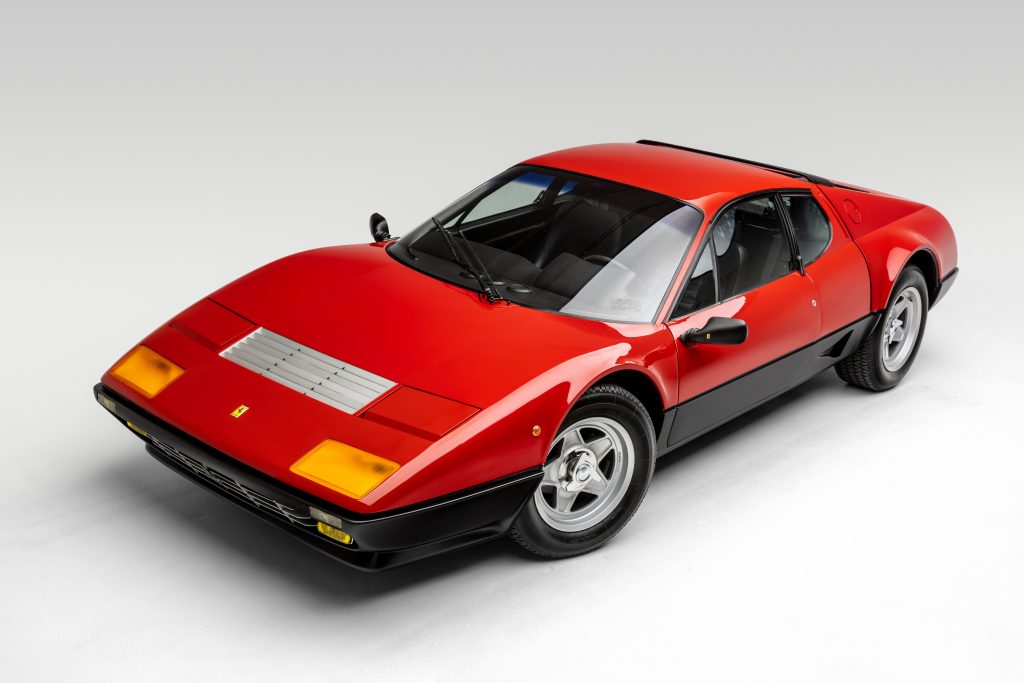
The 1984 Ferrari 512 BBi is significant as an example of the first true Ferrari-badged production car to boast a mid-engined design; previously, Enzo insisted famously that the “cart should follow the horse”. The BBi – or ‘Berlinetta Boxer’ – also harnessed Ferrari’s Formula 1 technology of the time by using a 5.0-litre 12-cylinder boxer engine that would go on to appear in the iconic Testarossa.
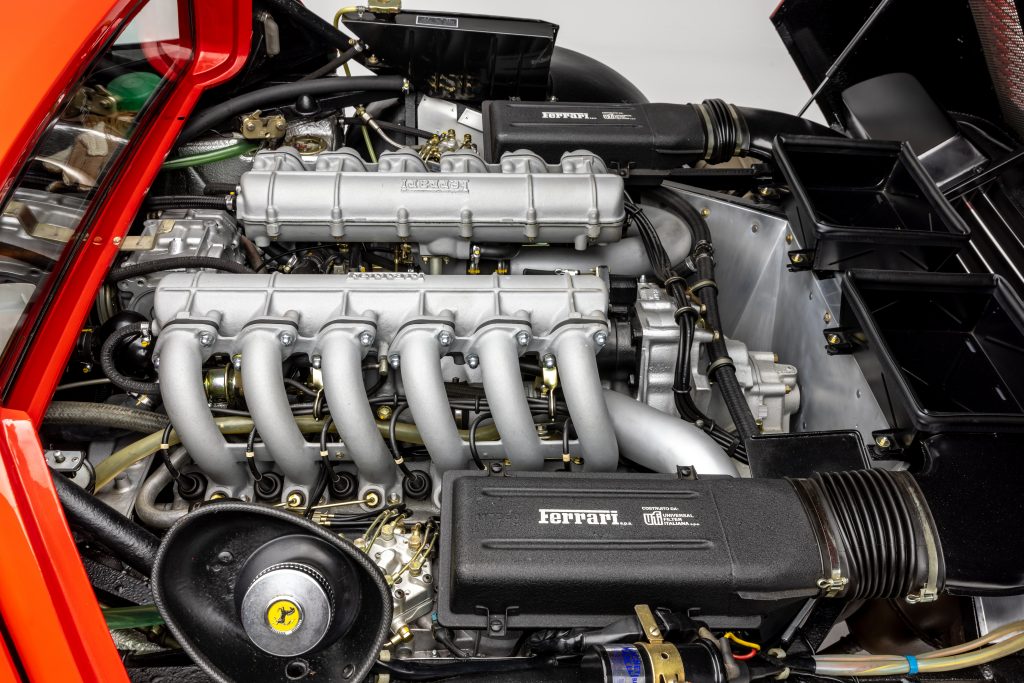
A 1990 F40 is the car that bridges Ferrari into the modern era, and is also the last model overseen personally by Enzo himself. It was introduced in 1987 to mark the company’s 40th anniversary, replacing the radical 288GTO as Ferrari’s flagship performance offering.
Featuring lightweight materials such as Kevlar and carbonfibre, the F40 became the first Ferrari to eclipse the magical 200mph threshold thanks to its turbocharged 2.9-litre V8 that produced 471bhp. It is regarded by many as the marque’s emblematic supercar.

The penultimate car to be displayed in the Petersen is a 2004 Ferrari Enzo. Named after the Maranello marque’s founder, the Enzo features a 660bhp 6.0-litre V12 developed from the one used in Ferrari’s 1990s F1 machines. Cutting-edge features for the time included a six-speed paddleshift transmission, a carbonfibre monocoque and bodywork shaped to produce 775kg of downforce at 184mph.
A 2017 Ferarri F12 TdF bookends the exhibition, demonstrating how decades of technological development have unlocked prodigious levels of road-car performance. The TdF ‘Tour de France’ moniker pays tribute to the earlier 250GT Berlinetta that’s also on display, following that model’s victory at the French endurance race. With a ballistic 769bhp on tap from a naturally aspirated 6.3-litre V12, the F12 TdF is easily the most powerful car in the exhibition.

For tickets to the exhibition and more information about the Petersen Automotive Museum, click here.
